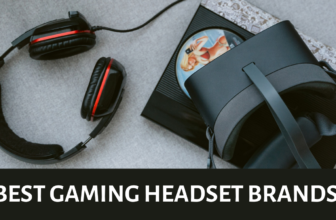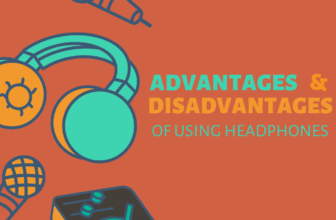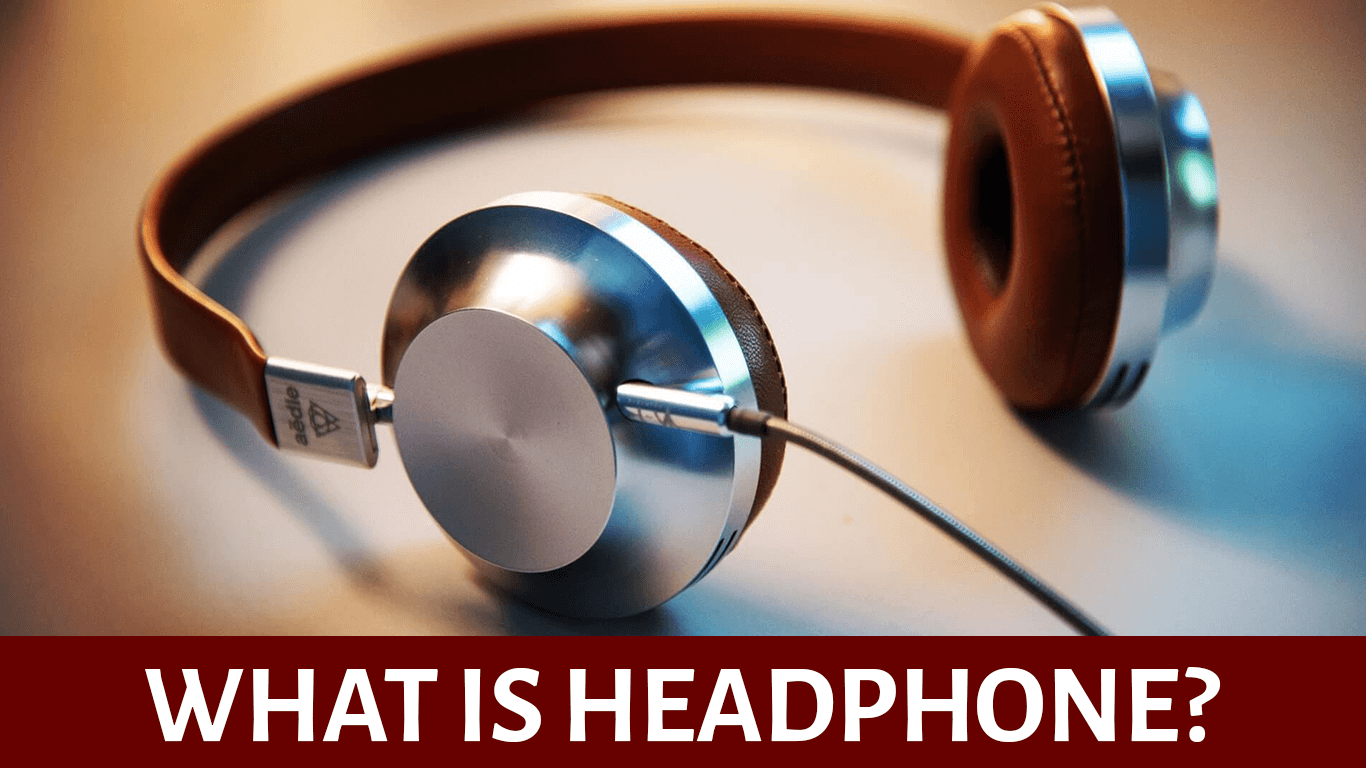There are two basic noise cancellation technologies we might see active noise canceling and passive noise canceling. So, what do they mean differently, and which would be better for me?
Active noise canceling technology has become so small and battery efficient now that it can be used in both over-ear and true wireless in-ear earphones.
While passive noise canceling is common in all headphones, even in active noise reduction.
In this guide, you’ll find the differences between passive and active noise isolation in terms of all factors.
So let’s get started.
How does noise canceling work?
Noise canceling is a technique similar to soundproofing that reduces sound pressure from source devices to output devices such as headphones, speakers, etc.
Nowadays, noise-canceling headphones are widely used and can improve listening enough to counterbalance the impact of simultaneous diverting action.
What is active noise cancellation in headphones?
Active Noise Cancellation (ANC), also known as Active Noise Control/Cancelling (ANC) or Active Noise Reduction (ANR), is a technology for reducing unwanted background sound by controlling the air pressure level in the headset ear cups to block out the external noise.
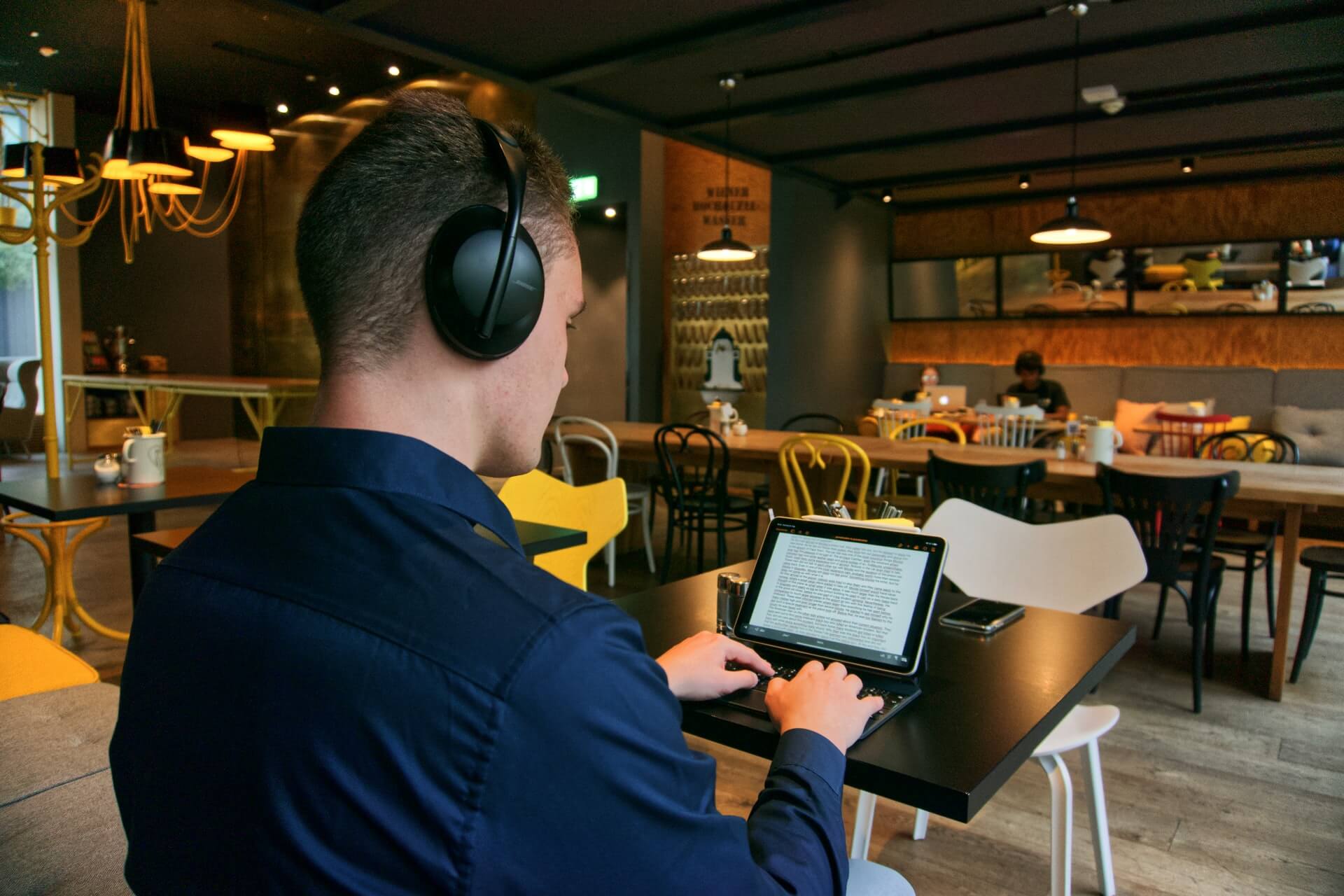
It is distinct from passive noise-canceling headphones, which use soundproofing techniques that reduce ambient sounds. There is also evidence for the noise canceling microphone that grabs the sounds from outside and inside of the headphones, an ANC chipset inverting the soundwaves, and a speaker inside the earphone canceling the outside sound by neutralizing soundwaves.
Is active noise cancellation harmful to your ears?
Active noise cancellation is safe. There are no harmful things to your hearing with ANC headphones. There are also no dangerous radiation waves involved in ANC technology. It was mainly invented for the hearing protection of call center agents against the loud sounds of open office space.
Advantages of active noise-canceling headphones
- Active noise canceling improves work experience by significantly canceling noise for travel, work, and anywhere in between
- Great for canceling noise during long trips on a plane or in places with city traffic
- It gives you a deep, powerful, and immersive sound at any volume
- It makes your overall listening experience much better than without ANC
- ANC provides business-class communications in windy or noisy environments
Disadvantages of active noise-canceling headphones
- Active noise canceling gently reduces hearing loss
- Reducing bass oomph by canceling out low frequencies is a common problem
- You hear a hissing sound with ANC turned on
- Lower battery life compared to passive noise isolation
- More expensive than any other pair of headphones
What is passive noise canceling in headphones?
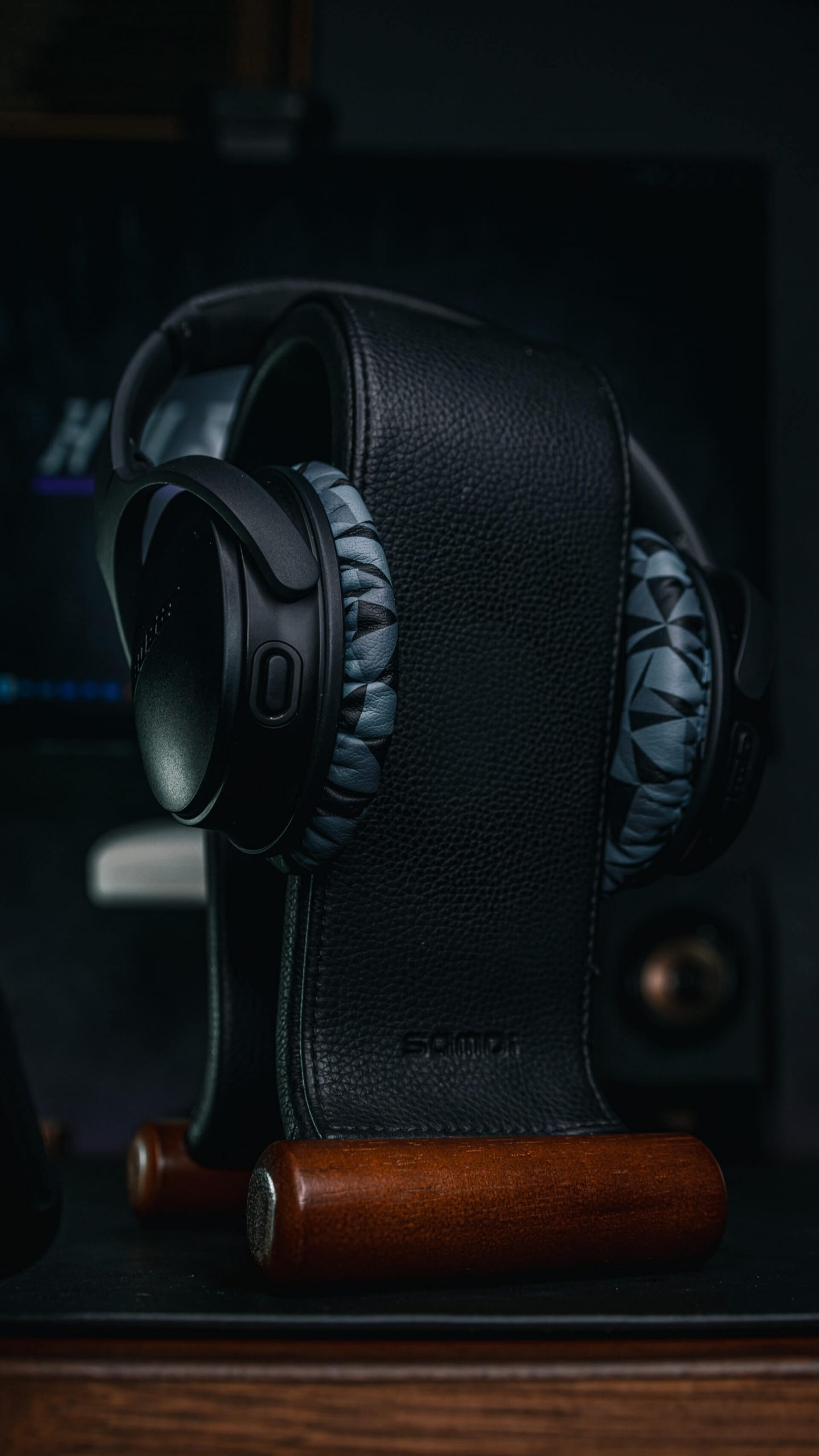
Passive noise cancellation (PNC) or isolation is a built-in technology when you wear your headphones, earbuds, earphones, or in-ear monitors, which can naturally block outside noise is called passive noise cancellation. It should always work; unlike ANC headphones, there is no control for ON/OFF PNC.
Related content: Consider a Headphone stand to protect your headset.
Is passive noise cancellation excellent or bad for the ears?
Passive noise cancellation is always extraordinary, and there is no issue with the PNC headset. It isolates your earbuds and headphones from ambient noise instead of actively using technology to cancel it out.
So there is no charging involved, and maximum wired headphones are available with passive noise isolation, zero audio latency, and an affordable price solution.
Advantages of passive noise isolation headphones
- Passive noise cancellation blocks out the external sound and noise that can be distracting and stressful
- Shut out the sound of the hustle and bustle around you so that you can have a moment of respite
- Passive noise-isolating headphones immerse you in the music without using extra resources such as a battery or technology
- The passive isolating headphone uses high-quality solid materials for earcups, while active noise canceling is filled with air
- Affordable and durable
Disadvantages of passive noise isolation headphones
- Passive noise-canceling headphones don’t immerse you in music
- You don’t have control over passive noise isolation headphones
- There is no noise-canceling customization level
- The sound should be louder and not suited for environments
- Sometimes sound should be loud with audio distortion
Different types of noise-cancellation headphones
According to Bang & Olufsen, there are seven types of primary noise-canceling headphones tested. Let’s look forward.
- Passive Noise Cancellation: Passive noise cancellation is a primary technique used by headset earcups to ensure blocking outside noise as much as possible. This is used for both over-ear headphones and in-ear earphones, where the earbud itself will keep surrounding noise out. Overall, Passive isolation depends on headset design, with earcups’ position, size, and quality.
- Active Noise Cancellation: Active noise cancellation uses microphones and speakers to reduce background noise. This is the most well-known type and has been widely used in over-ear headphones and true wireless earbuds.
- Adjustable Active Noise Cancellation: The Maximum headset can adjust your noise cancellation level (A,B,C) as you need how much background noise you hear and want to reduce. These types of functions are beneficial for most buyers.
- Adaptive Active Noise Cancellation: Adaptive active noise cancellation automatically adjusts your microphone and speaker volume to your surrounding sound levels. It will depend on your environment and volume level.
- Transparency Mode: It lets you easily tune into the world around you without switching off your music or taking your earphones out of your ears.
- Adjustable Transparency Mode: Let’s change how much of the outside world you want to pass through without switching off your music.
- Adjustable Own Voice: Let you control how much you want to hear your voice during, e.g., conference calls while using ANC.
These noise-canceling headphones are available in different styles, designs, and connectivity technologies (over-ear, on-ear, in-ear, closed-back, open-back, wireless, and wired connection headphones).
Conclusion:
Generally, active noise-canceling headphones make sense if you’re looking for a pair of wireless headphones for listening to music or phone calls while running or traveling around the world.
Otherwise, wired headphones with good passive noise cancellation are best. If they’re used at home, at the same time, it is affordable and durable enough compared to wireless headphones.
While passive noise isolation allows you to pay attention to music at lower volumes than headphones without ANC, passive noise isolation is better for hearing protection. Active noise cancellation kills outside clamor by making an equivalent and inverse commotion.
I prefer wireless headphones for their portability and control functions make me happy to manage them and comfortably use them while I work on my PC.
But it’s no secret that wired headphones deliver better sound quality than wireless ones. Their well-trained ears can detect even the slightest difference in audio quality. This is why both of them prefer wired headphones over wireless cans.
References:
- https://en.wikipedia.org/wiki/Noise-cancelling_headphones
- https://www.bang-olufsen.com/en/us/story/active-noise-cancellation
- https://custom.ultimateears.com/blogs/custom-made/passive-noise-isolation-vs-active-noise-cancellation




